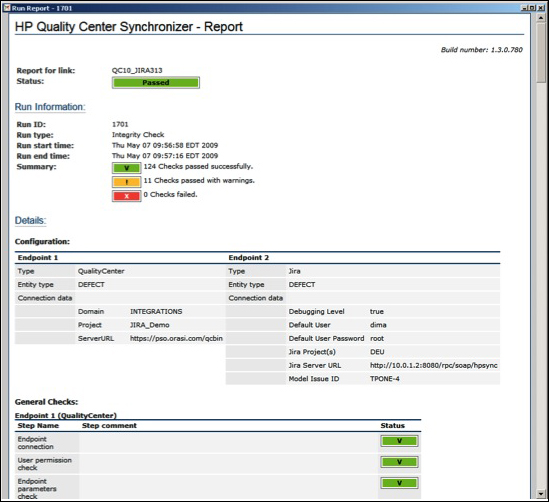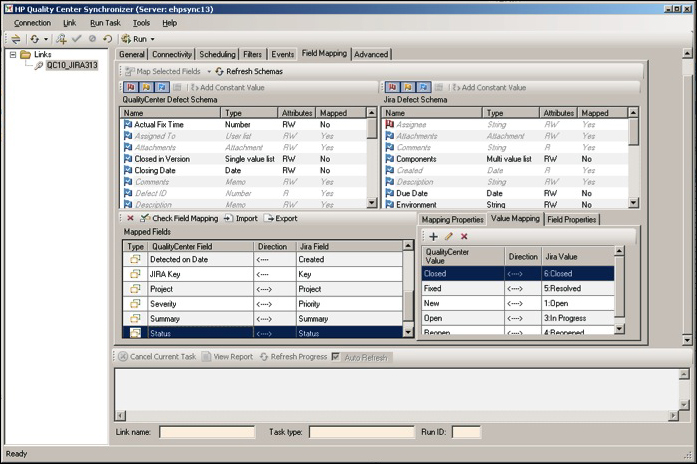Traditionally, development and testing/QA teams have worked in isolation, with each group performing its respective tasks. Not only were they not on the same page, they weren’t even speaking the same language.
Modern approaches such as Agile advocate for developers and testers to work in a more collaborative, closely synched environment. Companies that have achieved this structure report that it results in better product quality and faster development cycles. Google―certainly a software development firm that has the respect (and the ear) of the world―not only has its development and testing teams work together; it also has them sit in close proximity to one another.
Unfortunately, not all companies are as successful as Google. Bringing the development and testing teams together is easier said than done, because they often do not understand each other’s outlooks, priorities or functions.
Firms that have achieved this goal often report that success comes, not by instructing one group to “play nice” with the other, but rather by promoting a mindset shift that changes the way personnel perceive the effort and how they fit into it. A few principles that can foster a more collaborative working environment for developers and testers include:
Testing Is Not a Phase: This supposition must be accepted as a fundamental truth before development and testing teams will understand the need to work together. In newer development methodologies, such as Agile and continuous delivery, testing cannot be a single phase. The developer doesn’t hand off the code to a tester and walk away.
To achieve the best possible outcome, testing and coding must be the yin and yang of one another―interconnected and inseparable. In Agile development especially, many tests are written before coding begins. Testers work with stakeholders and developers to write the tests that will determine what the code needs to do. This is a solid first step and a great practice even for companies that are not ready to embrace Agile yet.
Testing Doesn’t Happen All at Once: Another common approach that puts a wall between development and testing teams (and reduces software quality) is trying to squeeze too much coding into a single iteration. The progressive approach is to build only as much functionality as can be coded and tested by the end of an iteration―no matter how short it might be. In doing so, testers and developers must work together to plan that outcome.
Simple Isn’t a Bad Thing: Another concept common in modern development methodologies is the idea of layering functionality by starting with simple tests. This approach also encourages development and testing teams to work together, because it doesn’t require an intensive effort. Ask your testers to start a project with a simple test and then work with developers to get the code to pass it. Once it passes, each pair of individuals can move on to more complex code, together.
Sometimes, Teams Need Bridges: Using a tool or solution that automates information exchange can encourage even reluctant teams to collaborate more effectively. One example is Orasi’s JIRA Bridge for HP Quality Center/ALM, which automatically creates issues when test cases fail during test cycles. With this solution, a QA team can seamlessly exchange defect and requirement data with the development team for faster resolution. Virtually any tool that enhances communication between development and testing teams and facilitates build completion, defect resolution or other important benchmarks will underscore to both teams the value of working together. You’re invited to join Orasi’s webinar, on January 8th, to learn how this product promotes effective communication between teams to improve overall quality and efficiency in the development process.
In bringing your teams together, you not only encourage collaboration; you also provide an opportunity for their knowledge to “rub off” on one another. Once developers and testers begin to understand each other, the real magic can begin!
On January 8, Orasi is hosting a webinar on JIRA Bridge. You’re invited to learn how this product strengthens the QA & Development relationship while improving overall quality and efficiency.

